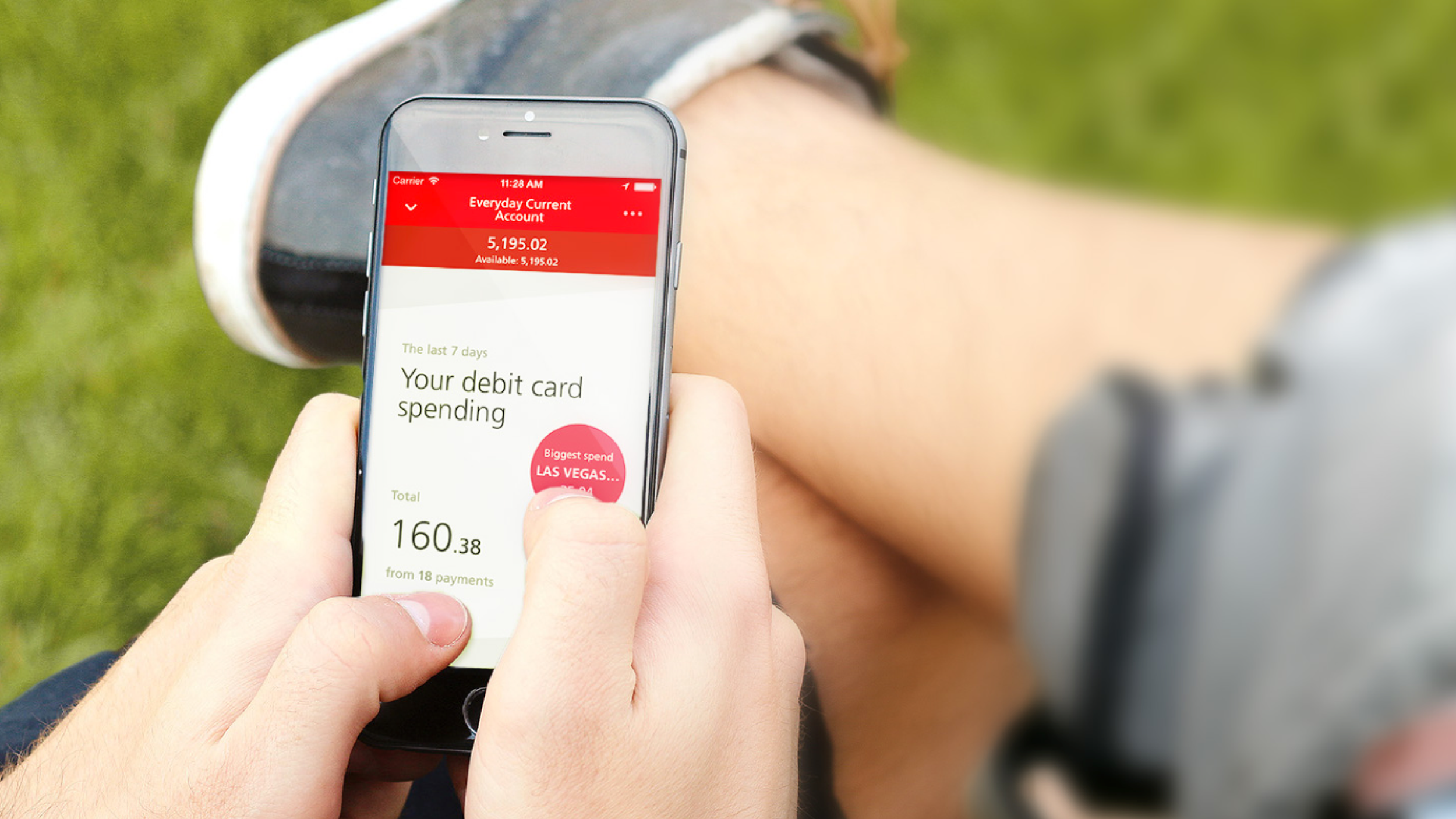Designing a Social Banking Experiment—Disrupting Tech Giants in Financial Services
SmartBank and KiTTi launched to address student social insights and challenge Facebook, WhatsApp, Google, and Apple.
Client: Santander
Proposition: Agile Product Experimentation
Industry: Fintech
Team & Timeframe:
Over three months, I led the design strategy workstream, driving stakeholder engagement, defining visual and user experience approaches, and guiding the design team’s execution. I ensured seamless collaboration and alignment through agile practices, fostering a cohesive and impactful design process.
Key Activities:
Facilitating workshops and ideation sessions.
Building cross-functional execution team’s.
Creating the brand Framework.
Concept design & development.
Providing creative oversight.
RESULTS
90,000
App downloads—the initial user acquisition and reach.
4.5
Stars in the App Store—user satisfaction and product quality.
7,500
Sessions per day—the app’s engagement level.
Agile Product Trials for Santander
How student insights uncovered disruptive opportunities for consumer banking
Like its high street rivals, Santander was facing a new kind of threat from tech companies which have slowly been making their way into financial services. A survey conducted in 2014 by YouGov and law firm Pinsent Masons showed a quarter of people today - already wary in wake of the Libor rigging scandal - are likely to turn to an alternative digital-payment service in the future.
Problem Space—In 2014, Santander decided it was time for a change. They aimed to replace the intimidating, meaningless streams of numbers on core banking screens with personalized information that actually resonated with student consumers. An opportunity space was identified: transforming the core banking proposition. In this product pursuit, another insight was revealed, leading to a second opportunity—'digitizing the pub kitty.'
Figure 1:
Santander SmartBank

Objective—At its core, SmartBank had to transcend the transactional. It wasn’t just about showing numbers; it was about helping users, particularly those gripped by the uncertainty of “checkingyourbankbalanceaphobia”, make sense of their financial world. By providing context—where your money has gone, how much you’ve spent, and what patterns emerge—it turned complex data into actionable insights.
Outcomes—SmartBank’s success reflects its thoughtful design, transforming how users engage with their financial data. With 90,000 downloads and a 4.5-star rating, it has been praised for its ease of use and meaningful engagement. The app sees 7,500 daily sessions, with over a quarter lasting 1-3 minutes—20% longer than traditional banking apps. Its intuitive, user-centric design empowers smarter financial decisions, strengthening the emotional connection between Santander and its customers. The journey in creating and testing SmartBank also paved the way for another product experience to explore, "KiTTi."
Solution—Figure 1.2 shows how SmartBank’s design was carefully crafted to improve how users interact with their financial data. The app uses cognitive design to highlight spending habits, such as daily coffee purchases, with dynamic color-coding tailored to each user’s behavior.
Figure 1.3 illustrates how I led the team through a collaborative process, embracing continuous development, experimenting with ideas, and refining concepts together. This approach ensured the interface elements—shapes, colors, and animations—were both functional and aesthetically pleasing. By combining friendly design with functional clarity, SmartBank offers an intuitive, engaging experience that breaks away from traditional banking, making financial management feel more accessible and personalized.
MORE RESULTS—









